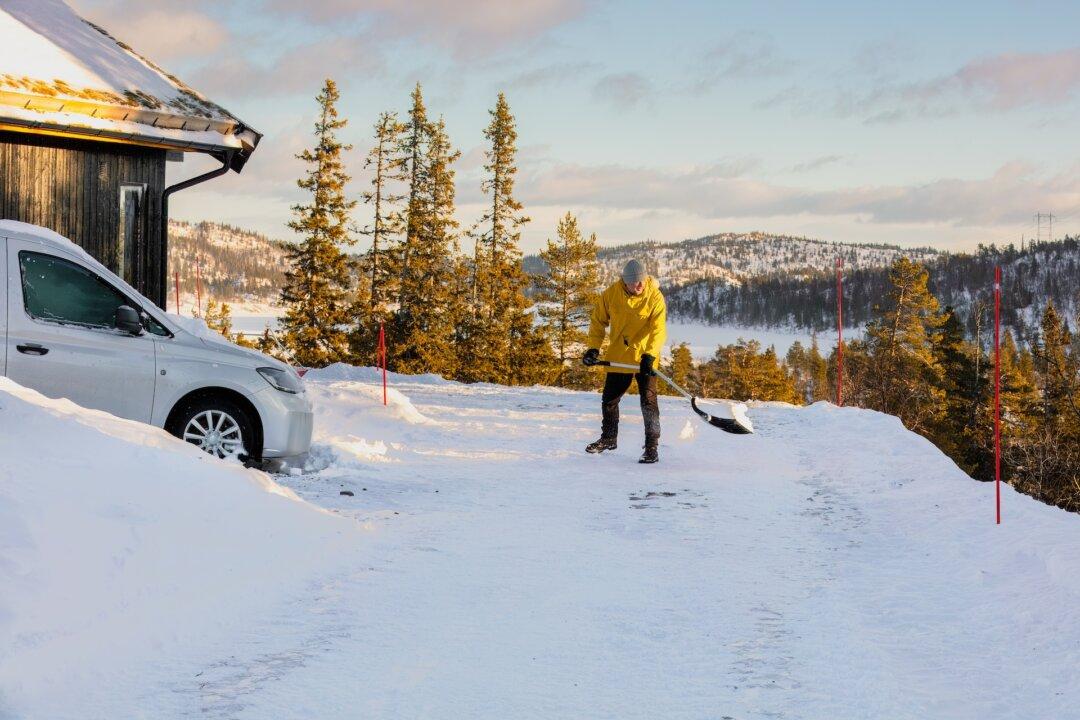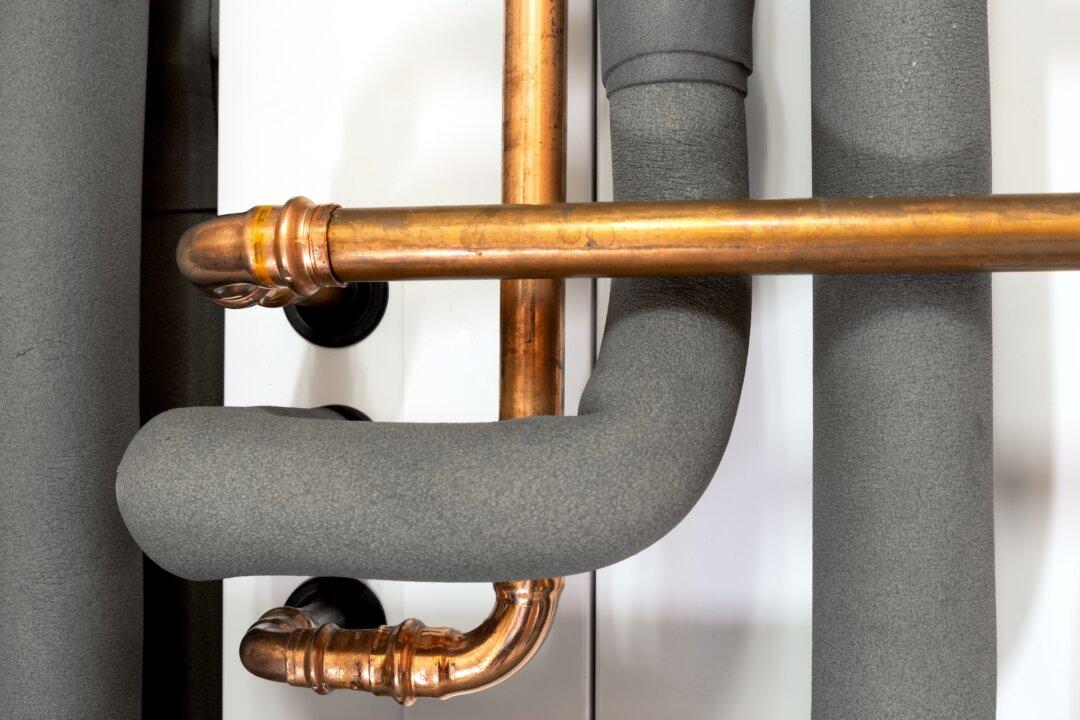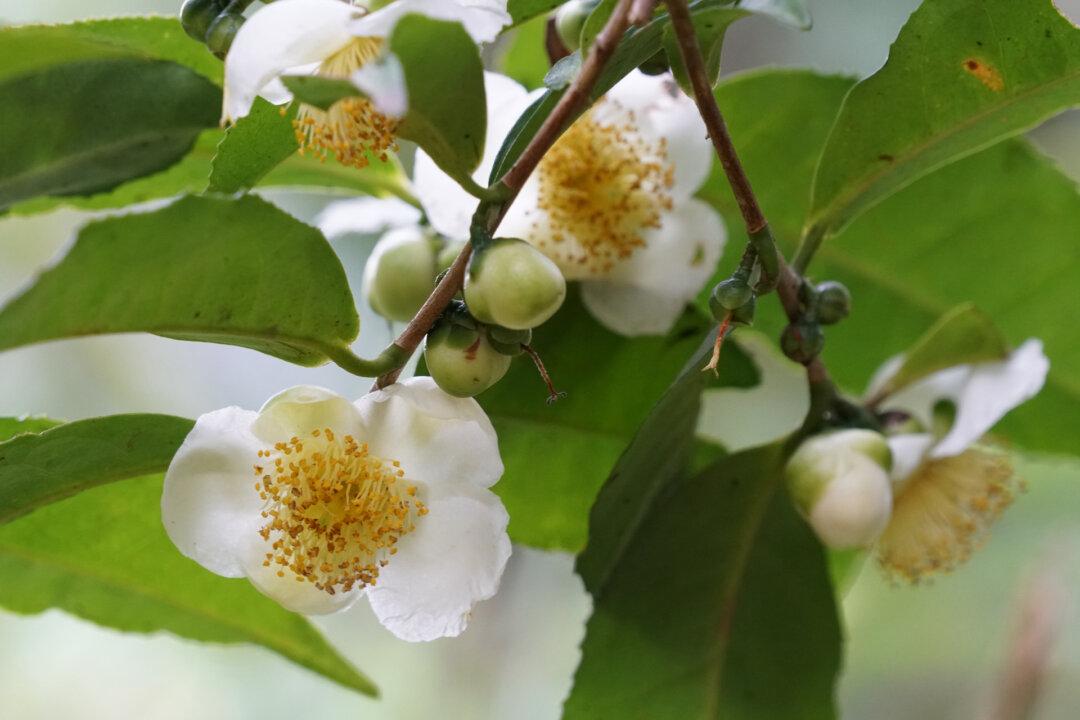For some homeowners, the “grass is always greener” in their yard, largely because of their near-constant efforts, and they don’t want to give up a single blade. They buzz around their yard on their riding mower with the water bottle holder, wearing their oversized garden hat and happily singing, “Mow, mow, mow your lawn, gently in the heat, merrily merrily, merrily merrily, life is such a treat.”
For the rest of us, it’s time to keep it green while significantly reducing the workload. Even the strongest enthusiast can benefit from spraying the underside of the lawn mower—in particular, the blades—with cooking oil to keep the grass from sticking. For gas-powered push mowers, be sure to empty the tank before you flip it over for the spraying, or you’ll be cleaning up a fuel spill instead.

Easier Green
Even if the ultimate goal is a no-mow yard, there are some things that every lawn owner can do now, starting with sharpening the mower blades. Dull blades increase mowing time and leave behind a ragged cut that makes grass susceptible to fungus and disease.Next, raise the cut height. This may seem counterintuitive, but trimming low in order to lengthen the time between cuts is the absolutely wrong thing to do. Most grass types do best at 3 inches or higher. This encourages deep roots, which means you’ll have to water less. It also improves the lawn’s density and color, and protects it from fungus and disease.
If possible, don’t mow at all during a period of high-heat drought; mowing stresses the lawn, and you want to give it the best fighting chance.
Judiciously Downsize
Reduce the size of the lawn to reduce the work. Consider a border of low-maintenance shrubs, perennials, or ornamental grasses. Low maintenance is the goal. Research potential choices carefully, as you don’t want to save on lawn time only to have to spend it frequently trimming fast-growing hedges. Another option is putting in an annual flower bed for a seasonal rotation of favorites. It will make the yard pop—but remember, regular maintenance and replanting are required.Whatever option you choose, native plants traditionally require the lowest upkeep as they’re ideally suited for the environment. The local birds, bees, and butterflies will thank you, adding further ambience to the yard. Placing plants close together and mulching generously will help smother weeds.
Hardscaping is another option. A backyard patio is the all-star of lawn replacement, creating a virtually no-maintenance space for al fresco living and entertaining. Similarly, a section of a spacious, mid-century-modern front lawn can become a handy brick, paver, concrete, or gravel parking area for a family that now has more than the 1950s single car; be sure to check with local code enforcement or the homeowners association first!
The Replacements
Ground covers are an ever more popular choice, as many homeowners move toward practices that are more natural for their personal ecosystem. A low-growing ground cover that survives with little water, withstands some foot traffic, and needs no mowing is the ideal, and there are many to choose from.Creeping thyme is lush, with clustered pink and purple flowers that attract butterflies and hummingbirds. Clover seeds used to be included with grass seeds because the plant draws in nitrogen; use Dutch clover for a completely no-grass lawn. There’s even an exciting new micro-clover variety that is virtually impervious to pet urine.
Dainty blue star creeper has a carpet-like growth habit for a lush green pattern with small, star-shaped flowers. A popular planting for between stepping stones, low-lying Corsican mint releases a lovely fragrance when stepped on, while creeping jenny (aka moneywort) is a rapid grower for large spaces.
On the higher side of things, at 5 inches tall, Veronica “Waterperry Blue” (creeping speedwell) provides a deep green backdrop for its lavender-blue flowers. Succulent fans may want to opt for stonecrop (aka sedums), with the caveat that the plants can take time to become fully established. Other top choices include creeping wire vine, bugleweed, green-and-gold, barren strawberry, sweet woodruff, and moss for shady areas.
Not every plant will grow in every agricultural zone, but there are enough choices that there’s something for every yard. When in doubt, start small—no one says you have to remove the entire lawn at once.






